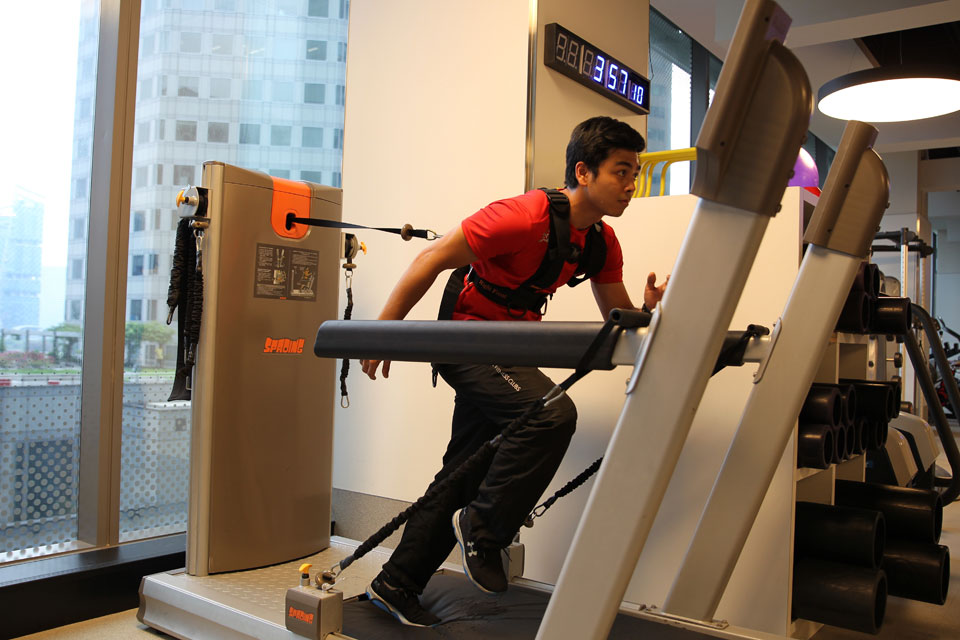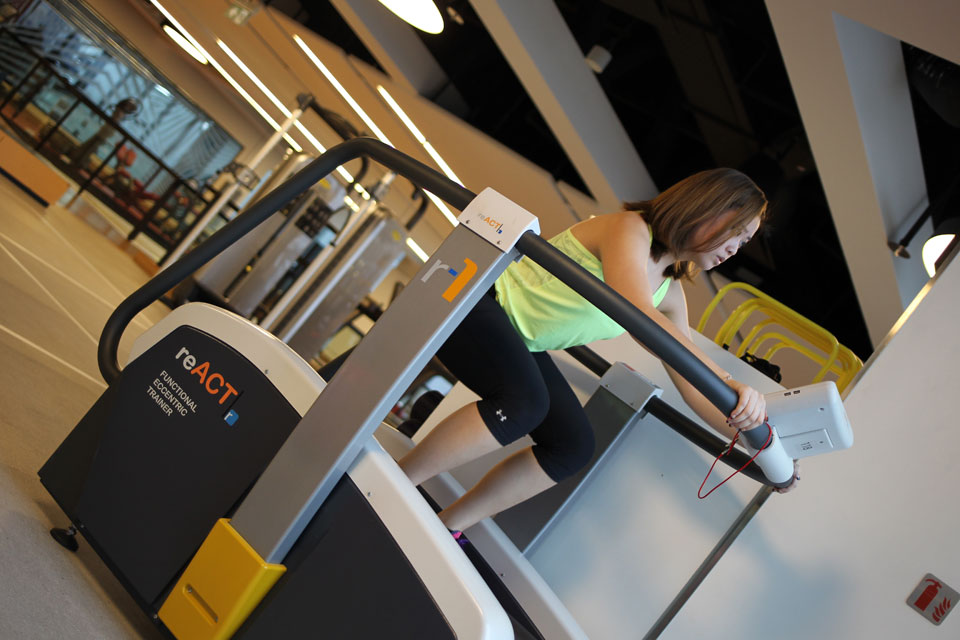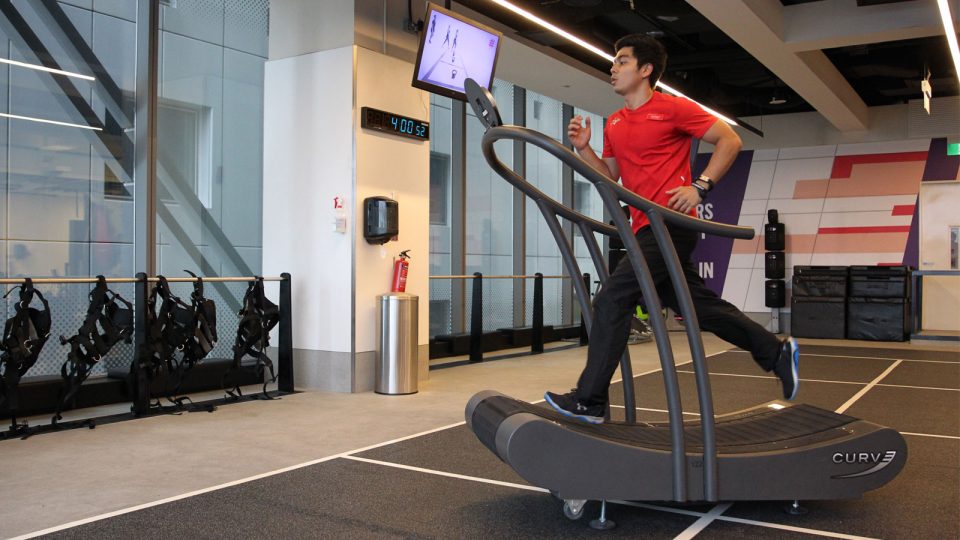Do you ever wonder why in the world people spend countless hours of training, dieting and preparation to run a half marathon? Or why the heck would someone even PAY to do this? Well, to us, running a half-marathon is one of the most rewarding experiences a person can do.
When you cross that finish line, all your hard work immediately pays off and you gain a sense of accomplishment. To help prepare you for your first half-marathon (or even if you are a seasoned pro), here are a few tips to make your race day a successful experience:
Start Training Early
Regardless of whether you are a new runner, infrequent runner or frequent runner, you should start training early. The longer you wait to train, the harder you need to train in a shorter period of time.
This adds more stress to your body and can result in many types of injuries that will prevent progress or possibly put you out of commission.
An important aspect of training is to perfect your running technique. This means maintaining your running cadence as well as getting your breathing technique down. You want to have great rhythm while running so your body uses less energy. A smart tip is to inhale as your foot hits the ground.
If you exhale when your foot hits the ground, although your diaphragm, lungs and abdominal muscles relax, the stress from your foot hitting the ground can be destabilizing. As such, other parts of your body have to work harder (like your back and specific leg muscle), which can cause injury or throw off your rhythm.
Thus, inhaling while your foot hits the ground stabilizes your core and muscles and provides a firm foundation to handle the stress from the foot hitting the ground.

Stretch Regularly
Consistently running so many miles is a rather large burden on your body so it is good to do everything you can in order to preserve your body and avoid injuries. One way to do this is by stretching regularly before and after each run as well as on off days. The important areas to focus on include all lower body muscles such as hamstrings, calves, quads and lower back.
Some good stretches include basic hamstring stretches in which you stand up with legs spread and reach for your toes. Another strong stretch is the cobra, where you lay on your stomach and bend your torso so you are looking up into the sky. This stretches your back, which is essential to having the correct form while running.
The flamingo stretch is also a great stretch to warm up your quads. For this, stand on one foot and take the other leg and bend the leg so you can hold your foot behind your body. You will feel the stretch in your quadriceps then switch to the other leg. Even warm up exercises like high knees will prepare your entire lower body for the strenuous exercise of running long distance.
If you’re looking for professional guidance on how to stretch out tight muscles, Virgin Active Raffles Place will be launching a new class where the Fitness Professionals have incorporated the use of foam rollers to educate members on myofascial release.
Foam rollers are known in the fitness industry to have immense benefits for the body on a whole. With the right techniques, you can expect to relieve tight muscles, treat skeletal muscle immobility and experience improved lymphatic and blood circulation.
Hydrate Regularly and Eat Well
There is a well-known saying that what you put into your body is what you will get out of it.
- Keep hydrated! This will allow your body to run smoothly and prevent a host of problems, such as muscle cramps.
- Nourish your body. Carbohydrates are well known to provide long lasting energy, which is great for running long races. Additionally, vegetables, lean meats such as chicken as well as sports drinks or beverages that are high in electrolytes are good items to include in your diet.
Avoid any types of food/drink that may upset your stomach and cause dehydration (so no alcohol, sorry).
Running Comfortably
Considering the following factors will play a major part in feeling comfortable before, during and after the race:
- Location – are you running in another country? Are there cultural changes that you need to consider?
- Temperature – Summer? Winter? Rainy season? Do you have the appropriate clothing?
- Route – is the terrain hilly or flat? Where are the water stations located? A good tip is to run a shorter race before your half marathon to get accustomed to how races are operated.
- Routine – Eat, drink and wear what you would usually wear on a normal training day. For example, drinking energy or isotonic drinks on race day can upset your stomach if you are accustomed to only drinking water during training.
Do Exercises That Complement Running
Obviously running is a key part of training and is the best way to ensure you are in condition for this type of race, but other types of exercise can also help. Strength training at a gym can be a vital asset and doesn’t put so much stress on your body.
These types of exercises can include biking, cross-fit, elliptical, rowing, or even dancing! Believe it or not, you can actually became a stronger runner because by doing some of these. Your endurance and timed mile will increase, so never feel that you should only be running to train for a half marathon because other exercises have their benefits too!
If you’re looking for ways to spice up your training regime, look no further. At Virgin Active Fitness Clubs- Raffles Place, you can find a multitude of training equipment to help improve your running efficiency (we love the spacious environment and good music too!).
Apart from the latest state-of-the-art Technogym Artis treadmills, you can expect to find equipment like Sproing (which mimics running on sand and strengthens stability) and reACT (a surfboard-like machine that targets muscles in the lower body for stability and endurance).
Interested in trying out these equipment to boost your training? Check out Virgin Active Fitness Clubs.

In Summary
Start training early. Stretch, eat and drink well. Familiarize yourself with the race you are running. Ensure that your routine before race day is as close to that on race day. If you follow these tips and train well race day will be a memory you will never forget.
Always remember to keep things in perspective. It is better to walk some of the race or quit while preventing a severe injury rather than keep pushing your body to the point where it breaks down.
Remember: running is a beautiful thing that everyone should enjoy. So get out there, and run that half-marathon!




